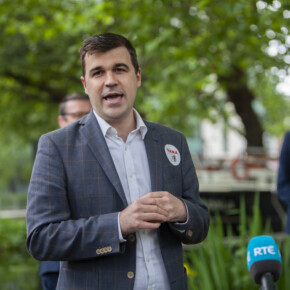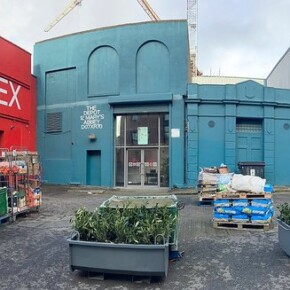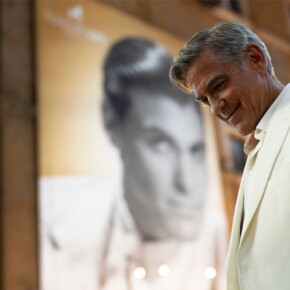Remembering ‘The Monto’
Dublin People 12 Jun 2015
‘The Monto’, a much celebrated part of Dublin’s history, was once the largest and busiest red light district in Europe.
Located in the north east inner city,
‘The Monto’ took its name from Montgomery Street (now Foley Street), and covered an area roughly between Talbot Street, Amiens Street, Gardiner Street and Gloucester Street (now Seán McDermott Street).
The much loved song
‘Monto’, written by George Hodnett and made famous by Luke Kelly and the Dubliners, has brought the stories of
‘The Monto’ to international audiences, ensuring that the infamy of the area lives on.
The height of that infamy lasted from the late 19th to the early 20th century. It is believed that upwards of 1,600 prostitutes worked in
‘The Monto’ at any one time, at brothels presided over by infamous
‘Madams’ such as Bella Cohen or Annie Mack.
The main customers at
‘The Monto’s’ numerous brothels were British soldiers and a steady stream of sailors from the nearby docks.
However, the area also got its fair share of a more famous clientele. The writer James Joyce was known to frequent
‘The Monto’.
Joyce had such an affinity for the area that it features as
‘Nighttown’ in his novel Ulysses.
It is also widely believed that a young
‘Prince of Wales’, Albert Edward of England, the eldest son of Queen Victoria, visited
‘The Monto’ while on a visit to Ireland and is said to have lost his virginity there. Several years later, Prince Albert Edward would go on to become Edward VII, the King of England.
During Ireland’s Revolutionary period many of
‘The Monto’s’ working class residents were staunchly republican and the area became a centre of activity for the Irish Republican Army, who had several safe houses and arms dumps hidden there.
A vital flow of intelligence was also provided to the IRA from the pillow talk of British soldiers or Government officials who frequented the local brothels.
In the famous General Election of 1918, Phil Shanahan, a veteran of the 1916 Rising who ran a pub in
‘The Monto’, was elected as the Republican Deputy for Dublin Harbour and served the area in the first and second Dáil Ã?ireann. Shanahan’s pub was another local venue well known for IRA activity.
With the withdrawal of British troops from Dublin in 1922, prostitution in
‘The Monto’ began to go into decline.
Following the establishment of the new Irish Free State and the assent to power of the Catholic Church, all eyes were firmly fixed on
‘The Monto’.
The Legion of Mary and particularly its founder, Frank Duff, were determined to close down the brothels. Between 1923 and 1925 the Legion of Mary conducted several missions to the area in an attempt to encourage women away from prostitution.
By 1925, Duff had won the support of the Garda commissioner for his crusade against prostitution.
On March 12 1925, a large force of gardaÃ, backed up by the Legion of Mary, raided the brothels and arrested 120 people.
The next Sunday, the Legion of Mary organised a blessing of the area which involved pinning pictures of the sacred heart to the doors of local brothels. These events signalled the end of an era for
‘The Monto’.
Sadly, it is believed that many of the women ended up enduring the horrors of the Magdalene Laundries or were forced to ply their trade as street walkers.
The anti-Monto crusade by the Free State and the Legion of Mary did nothing to address the abject poverty of the people who lived there and the area remained one of the most disadvantaged in Dublin for decades to come.











